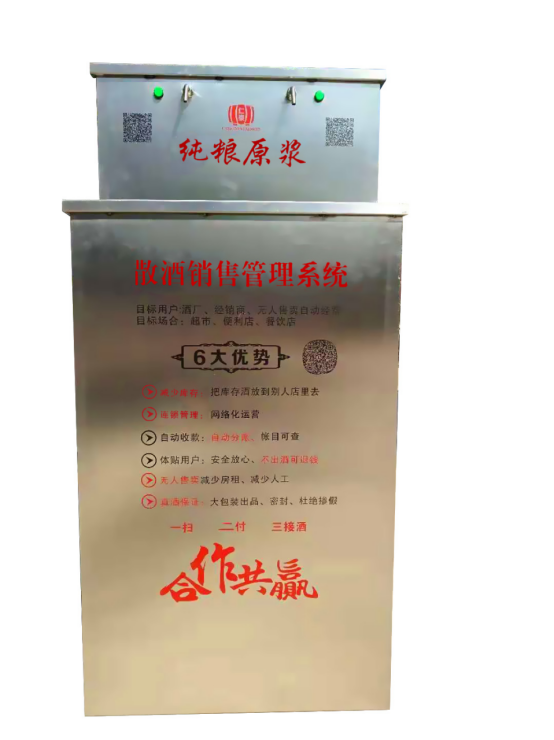一、垢下腐蝕
1、 Corrosion under scale
正好在沉淀物下面或縫隙內,溶液中的氧含量是低的,在縫隙的外面大量溶液中的氧含量很高,這就建立了一個(gè)電池,其沉淀物下或縫隙中是陽(yáng)極而其外面是陰極。含氯化物介質(zhì)的縫隙的內部,pH值下降而氯化物濃集。這種酸性氯化物條件導致腐蝕加快并且是自動(dòng)起媒介作用的。
Just under the sediment or in the crevice, the oxygen content in the solution is low, and outside the crevice, the oxygen content in a large number of solutions is very high, which establishes a battery. Under the sediment or in the crevice is the anode, and outside it is the cathode. In the crevice of chloride containing medium, pH value decreases and chloride concentrates. This acidic chloride condition results in accelerated corrosion and acts as an automatic mediator.
接著(zhù)便發(fā)生了嚴重的局部腐蝕。這種腐蝕形式的例子:當一個(gè)不銹鋼緊固件放置在一塊不銹鋼鋼板上并暴露于含氯化物的水中時(shí)產(chǎn)生。縫隙腐蝕可以在螺栓頭或墊圈作為陽(yáng)極區時(shí)發(fā)生。防止沉淀物和結垢生成或使用高合金含量的材料將有助于減少縫隙腐蝕。
Then severe localized corrosion occurred. An example of this form of corrosion: occurs when a stainless steel fastener is placed on a stainless steel plate and exposed to chloride containing water. Crevice corrosion can occur when the bolt head or gasket is used as the anode area. Preventing the formation of deposits and scales or using materials with high alloy content will help to reduce crevice corrosion.
二、剝落腐蝕
2、 Exfoliation corrosion
在此情況下,金屬表面上形成疏松、片狀的腐蝕層。即使低速流動(dòng)也會(huì )將腐蝕物的疏松層很容易地除去。于是,新的未腐蝕的金屬又被暴露出來(lái),從而將形成許多另外的片狀層。再一次重復,這些片狀層被很容易地除去并且過(guò)程在繼續進(jìn)行著(zhù)。使用不易起化學(xué)反應的合金可以避免剝落腐蝕。
In this case, a loose and flaky corrosion layer is formed on the metal surface. Even if the flow rate is low, the loose layer of corrosives can be easily removed. As a result, new uncorrosive metal is exposed, and many other lamellar layers are formed. Again, these flakes are easily removed and the process continues. Exfoliation corrosion can be avoided by using alloy which is not easy to react.

三、晶間腐蝕
3、 Intergranular corrosion
出現于某些特殊的合金中,通常當它們在焊接或熱處理期間加熱到其敏感溫度區時(shí)即可能會(huì )發(fā)生晶間腐蝕。當諸如某些不銹鋼合金加熱到425~870℃時(shí),鉻的碳化物即會(huì )在晶粒邊界析出。
Intergranular corrosion occurs in some special alloys when they are heated to their sensitive temperature zone during welding or heat treatment. When some stainless steel alloys are heated to 425-870 ℃, chromium carbides will precipitate at grain boundaries.
導致碳化物附近出現貧鉻區同時(shí)影響晶界區的鈍化性。在特殊介質(zhì)中,如硝酸或高溫水中,可能出現低鉻區的溶蝕現象。晶粒是以一種砂糖似的表面出現的,當用一取樣器擦過(guò)時(shí),它們很容易被擦掉。不銹鋼和鎳合金的晶間腐蝕可以通過(guò)采用低碳合金、加入碳化物形成元素如鈦或鈮,或利用穩定化退火來(lái)使之避免。
The results show that the chromium poor zone appears near the carbide and the passivation of the grain boundary zone is affected. In special media, such as nitric acid or high temperature water, the corrosion of low chromium zone may occur. Grains appear as a sugar like surface, which can be easily wiped off by a sampler. Intergranular corrosion of stainless steel and nickel alloy can be avoided by using low carbon alloy, adding carbide forming elements such as titanium or niobium, or stabilizing annealing.

 不銹鋼酒罐的產(chǎn)品概述及特點(diǎn) 2024-06-13
不銹鋼酒罐的產(chǎn)品概述及特點(diǎn) 2024-06-13  自動(dòng)售酒機的產(chǎn)品特點(diǎn) 2024-06-07
自動(dòng)售酒機的產(chǎn)品特點(diǎn) 2024-06-07  全自動(dòng)涼茬機的使用故障有哪些? 2024-05-24
全自動(dòng)涼茬機的使用故障有哪些? 2024-05-24  不銹鋼內膽實(shí)木酒桶:木酒桶如何儲存葡萄酒? 2024-05-23
不銹鋼內膽實(shí)木酒桶:木酒桶如何儲存葡萄酒? 2024-05-23  自動(dòng)售酒機有哪些功能 2024-05-22
自動(dòng)售酒機有哪些功能 2024-05-22  全自動(dòng)涼茬機的工藝流程以及組成 2024-05-21
全自動(dòng)涼茬機的工藝流程以及組成 2024-05-21  不銹鋼內膽實(shí)木酒桶:不銹鋼材質(zhì)的優(yōu)勢 2024-05-20
不銹鋼內膽實(shí)木酒桶:不銹鋼材質(zhì)的優(yōu)勢 2024-05-20  自動(dòng)售酒機如何識別你拿的東西? 2024-05-17
自動(dòng)售酒機如何識別你拿的東西? 2024-05-17  全自動(dòng)涼茬機使用注意事項 2024-05-16
全自動(dòng)涼茬機使用注意事項 2024-05-16  放置自動(dòng)售酒機有什么好處? 2024-05-15
放置自動(dòng)售酒機有什么好處? 2024-05-15  不銹鋼內膽實(shí)木酒桶:不銹鋼桶可以長(cháng)期裝酒嗎? 2024-05-14
不銹鋼內膽實(shí)木酒桶:不銹鋼桶可以長(cháng)期裝酒嗎? 2024-05-14  全自動(dòng)涼茬機的使用方法 2024-05-13
全自動(dòng)涼茬機的使用方法 2024-05-13